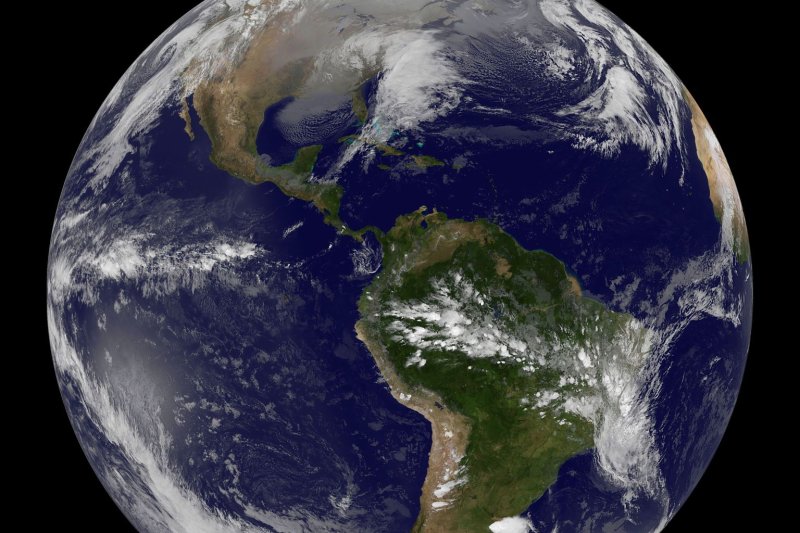RICHLAND, Wash., Dec. 13 (UPI) -- Scientists usually study weather as a consequence of global climate patterns -- an output rather than an input. But new research by scientists at the Pacific Northwest National Laboratory is a reminder that weather can be analyzed as both a cause and an effect.
Researchers at PNNL built a computer model to measure the impact of local weather conditions on global climate patterns. Scientists hope building "upscale" connections between weather and climate will improve the accuracy of global models.















